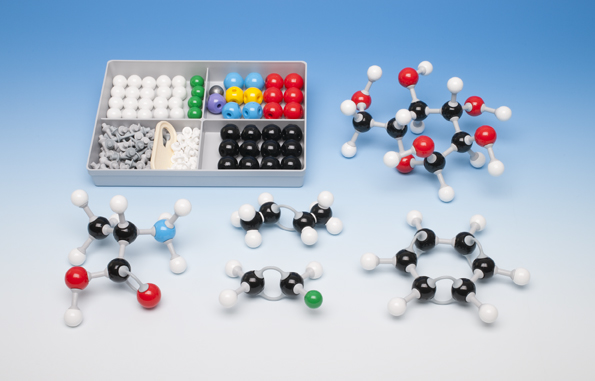Researchers from Institute of Nanoengineering in Electronics, Spintronics and Photonics (NESPI) of the MEPhI modeled and calculated the properties of three-dimensional crystals from “four-dimensional” hypercuban molecules. The results of the work were published in the Materials Today Communications journal (https://doi.org/10.1016/j.mtcomm.2023.106146).

The cube is one of the simplest and “natural” geometric shapes. However, in a world of hydrocarbon molecules that take on the most bizarre shapes, the cube is exotic.
The cubane molecule C8H8, which has a cubic shape, was synthesized in 1964 by a complex multi-step reaction. Cuban turned out to be a superdense hydrocarbon, almost twice as dense as gasoline. Despite the complexity of the synthesis, this compound not only demonstrated high stability, but also became the ancestor of a whole family of derivative molecules that have found applications as energy-efficient fuels and medicines. In 2022, the 58-year-old Cuban caught public attention again, appearing in the pages of the famous scientific journal Science: based on it, a “tiny electron eater” was created.
Inspired by the success of Cuban and the sci-fi TV series Marvel Cinematic Universe, in 2014 Fabio Pichierry proposed an even more complex hydrocarbon molecule, hypercuban. It has two shells nested one inside the other, and resembles a projection of a four-dimensional cube (hypercube) onto three-dimensional space: the visible three-dimensional cubes are the faces of the hypercube.
MEPhI researchers began studying this molecule in 2017, said Mikhail Maslov, professor at the MEPhI.
“It seemed that a molecule of this shape should instantly crumble. However, our calculations showed that at room temperature it can live for about 3 million years,” he said.
In 2020, Chinese scientists investigated two-dimensional crystals based on the hypercuban molecule. MEPhI employees decided to go further and check whether hypercuban could form three-dimensional crystals. To do this, they built structural models of such crystals and solved quantum mechanical equations that describe the behavior of their electrons. The results exceeded all their expectations, said Professor of the MEPhI Konstantin Katin.
The researchers found that, due to its unusual structure, hypercuban can form allotropic forms with all three types of cubic crystal lattices: simple cubic, body-centered, and face-centered.
“The first two forms turned out to be semiconductors, and the last one turned out to be a conductor. The unusual electronic and optical properties of crystalline forms, as well as their strength and stability, make them useful materials for the manufacture of photocatalysts and electronic devices,” said Konstantin Katin.
MEPhI scientists continue to study hypercuban. The next step will be to evaluate the potential of using this material in lithium-ion batteries. The more impressive results are obtained within the framework of theoretical modeling, the stronger the incentives for the rapid synthesis and production of hypercubans will be, the authors of the study believe.





